CDR J.D. Peace has been missing for;
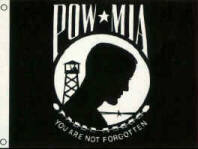


 JOHN DARLINGTON PEACE III JOHN DARLINGTON PEACE III | |||||||||||||||||
| Bring him home! |
Name:John Darlington Peace III Rank/Branch:O4/US Navy Unit:VA 75, USS KITTY HAWK (CVA 63) Date of Birth:18 November 1935 Home City of Record: Hudson, OH Date of Loss: 31 December 1967 Country of Loss: North Vietnam Loss Coordinates: 184200N 1053700E (WF650675) Status (in 1973): Missing In Action Category: 4 Aircraft/Vehicle/Ground:A6A Refno: 0958 Other Personnel in Incident: Gordon S. Perisho(missing) Source: Compiled by Homecoming II Project 30 June 1990 from one or more of the following: raw data from U.S. Government agency sources, correspondence with POW/MIA families, published sources, interviews. Updated by P.O.W. NETWORK 1998. | ||||||||||||||||
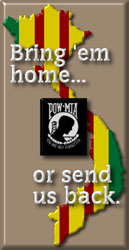  Click on CV63 to see a larger KITTY HAWK U.S. Navy photo  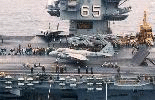 Click on A6 to see a larger INTRUDER U.S. Navy photo  Click speaker to download, Anchors. | |||||||||||||||||
|
SYNOPSIS: The USS KITTY HAWK was on duty in Vietnam as early as 1964 and had 131 combat sorties to its credit by the end of 1965, and many more through the remaining years of the Vietnam War. The KITTY HAWK was one of the Forrestal-class super-carriers, and could operate up to ninety aircraft from her angled deck. One of the aircraft launched from the decks of the KITTY HAWK was the Grumman A6 Intruder. The Intruder was a two-man all weather, low-altitude, carrier based attack plane, with versions adapted as aerial tanker and electronic warfare platform. The A6A primarily flew close-air-support, all-weather and night attacks on enemy troop concentrations, and night interdiction missions. Its advanced navigation and attack system, known as DIANE (Digital Integrated Attack Navigation Equipment) allowed small precision targets, such as bridges, barracks and fuel depots to be located and attacked in all weather conditions, day or night. The planes were credited with some of the most difficult single-plane strikes in the war, including the destruction of the Hai Duong bridge between Hanoi and Haiphong by a single A6. Their missions were tough, but their crews among the most talented and courageous to serve the United States.  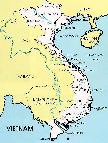 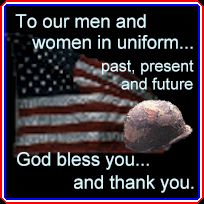 | REMARKS: | ||||||||||||||||
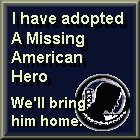      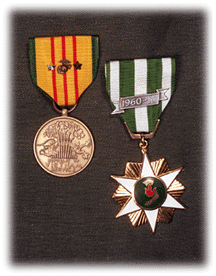  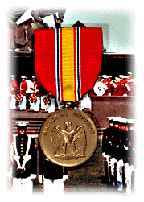 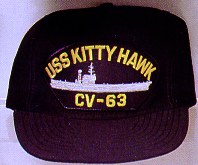 | |||||||||||||||||
|
LCDR John D. Peace III was an Intruder pilot and LT Gordon S. Perisho his Bombardier/Navigator; both were assigned to the 75th Attack Squadron onboard the KITTY HAWK. On December 31, 1967, Peace and Perisho were launched from the carrier on a mission to strike a cave storage area in Vinh, North Vietnam. The storage area was heavily defended by light and medium anti-aircraft fire as well as automatic weapons. It was also covered by one known surface-to-air missile (SAM) site. Weather enroute to the target and retirement areas was overcast, with visibility of three to five miles. The elevation of the target area was approximately 30 feet with ridges along the route extending up to 2,200 feet. Shortly after launch, the aircraft experienced radio difficulties and requested that another aircraft relay his position crossing the coastline inbound on his attack. This was accomplished and Perisho proceeded on his mission. At approximately 1430 hours, the aircraft gave an execute transmission which activated electronic counter-measures (ECM) support in the target area. This was the last transmission received from him. The aircraft was tracked by radar just north of Vinh and then disappeared from the radar scope at approximately 1431 local time. Rescue aircraft were vectored immediately to within eleven miles of the last known position of Peace's and Perisho's aircraft. However, no distress or emergency radio beeper signals were received. The rapidly deteriorating weather precluded rescue aircraft from preceding further inland. Electronic surveillance was later initiated. At no time was any emergency heard by any of the search and rescue aircraft. Both Perisho and Peace were declared Missing In Action. Beyond that, no one knows their fate. There clearly exists the oppurtunity for the two to safely eject and be captured. The area in which their aircraft crashed was heavily defended and densely populated. Over 10,000 reports relating to Americans prisoner, missing and unaccounted for in Southeast Asia have been received by the U.S. Government since 1975. A Pentagon panel concluded in 1986 that there were at least 100 men still alive. Peace and Perisho could be among those men. How much longer must they wait for this country to bring them home? Peace and Perisho represent America's best. Perhaps they perished on that day in December 1967, but perhaps not. Can we afford to abandon our best men? They must be found and brought home. | |||||||||||||||||
Click on flag to goto usflag.org Click on Bring them Home to goto www.ojc.org  Click on Uncle Sam to contact the U.S. Government, via ojc webring contacts  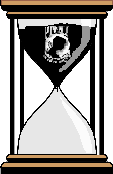 Click on Monument to goto the Vietnam Wall on the net. 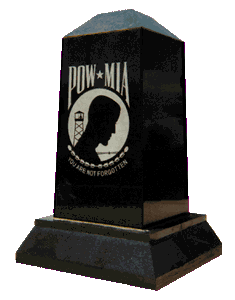 Click Here to goto War-stories.com and see where Peace and Perisho are listed on the wall 
| |||||||||||||||||
| Favourite links | ||||||||||||||||

| |||||||||||||||||
|
This page has been visited
|


